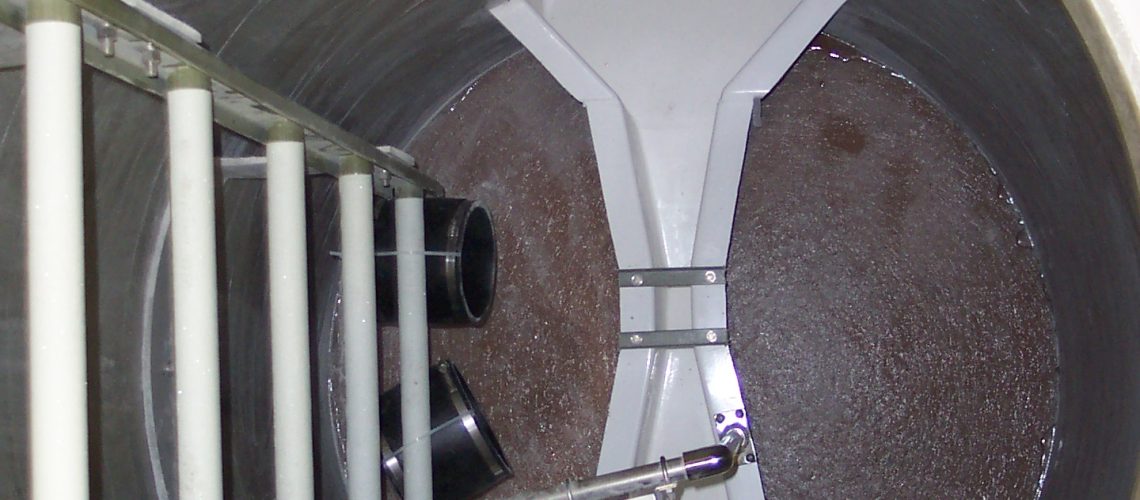Packaged metering manholes are perfect when you need to measure the flow rate of underground channels. With a manhole, you’ll have easy access from the surface to take all the readings you need. You just have to get it properly installed first. Fortunately, the process is easier than you might think. Learn how to install a packaged metering manhole, and discover how you can avoid common errors.
Excavate the Site
The first step is to excavate the site of the manhole. In most cases, this will require digging up a significant portion of the ground surrounding the installation site to give ample room not only for the installation but also for the people who need to access the worksite. The excavation should typically stretch a few feet farther than the manhole itself would cover to give plenty of room to form the pad.
The manhole pad is meant to be the precise spot of installation, and the pipe that the underground flow channel is contained in should be going through the center. The pad itself should also be smooth, with no aggregate roughness anywhere, before the installation of the manhole itself can begin.
Remove the Pipe
Once the excavation is complete, it’s time to remove the pipe. Before you can begin, you’ll need to stop the flow through it. If this is impossible, you’ll need to create a bypass somewhere upstream first. Whatever you do, the pipe needs to not have anything flowing through it at the time of removal. Once the flow is stopped, you can cut the pipe and remove the part that will be replaced by the manhole.
Lower the Manhole
With the pipe cut open, you can lower the manhole onto the pad. Remember not to use wire or chains when lowering the manhole as they can cause damage to the fiberglass material. Keep in mind that manholes typically weigh around 1,000 pounds, so be aware of the necessary safety measures. After mounting it on the pad, there should be some space between the stubs of the manhole itself and the existing pipe connections left over.
Connect the Manhole
When it comes to connecting the manhole to the pipe, it’s best to use couplings. These handy devices offer a watertight connection between the pipe and the manhole itself. Typically, couplings are held together by strong pipe bands, and the couplings can also be shielded if the situation calls for it. You’re not quite finished with the connection yet, however, as the manhole must also be leveled to ensure that the flow through it is consistent and allows for the accurate measurements you need. Keep in mind that the leveling specifically must be about the device itself more than the manhole as a whole.
Backfill the Area
Once the manhole is in place, it’s time to fill the area around it with dirt. All that remains should be the top of the manhole that offers easy access to the measurement device at the bottom connected to the pipe. Just keep in mind that the backfill material needs to be clean.
Manholes From Tracom
Now that you know how to install a packaged metering manhole, it’s time to get one for yourself. That’s where Tracom comes in. Contact us today, and our team will work with you to find a manhole solution that works for your unique underground flow channel conditions.



